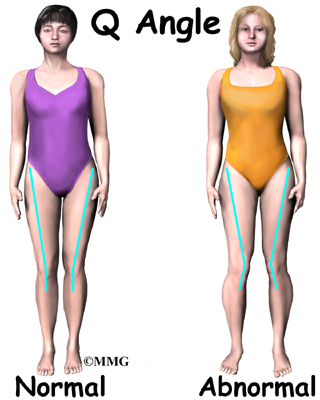
It’s an anatomical fact that a woman’s pelvis is wider
than a man’s.
So basically, women have a wider angle from the pelvis
to the knee.


If you take a look around, more often than not, women have a tendency to
have their knees rotated in while standing and walking (Knock Kneed). This “rotation-in”
causes extra stress and pressure on the hips, lower back, legs and knees.
So while you're standing still, make sure your knees are straight
forward (as are your feet -or- you may even turn your toes and knees out just a
tad.
Maintain this position while stepping forward. This will
help avoid any pressure in your hips or lower joints and possibly prevent
injury in the future.
While doing Tahitian, hula, or any form of dance exercise for that matter – if you begin to feel any discomfort – slow down or stop and check to make sure that you are in the proper position. Toes and knees facing forward or slightly turned out - knees slightly bent - making sure that you never bend past your feet.
Keep this proper position throughout your daily activities and exercise and you'll be feeling less stress & pain free in no time!
Hula on ladies :)

Excellent advice!
ReplyDelete